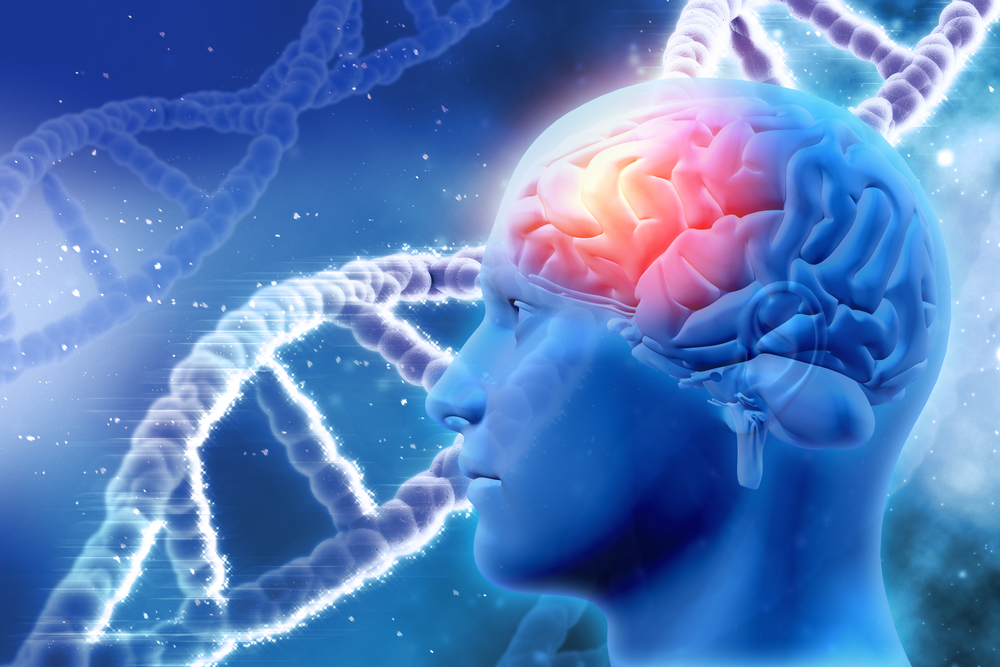
Jan 20, 2022
Paingone
U.S. Supreme Court to Hear Arguments Regarding Opioid Prescription Cases
On March 1, 2022, the Supreme Court will hear oral arguments regarding the fate of two cases involving physicians who prescribed opioids to chronic pain patients. More than a dozen physician and patient advocacy groups have filed briefs with the court to support the doctors, who are appealing convictions for violations of the Controlled Substances Act.
The two doctors, Dr. Shakeel Kahn and Dr. Xiulu Ruan, were handed lengthy prison terms on several charges that included prescribing high doses of opioids to their patients “outside the usual course of professional practice.”
If the appeals are successful, both doctors can request new trials. Part of the arguments before the court is based on many physicians’ observations that, as the result of overly strict controls put in place by the Controlled Substances Act (CSA), many doctors have stopped prescribing much-needed opioids for patients in need.
According to Kate Nicholson, Executive Director of the National Pain Advocacy Center (NPAC), a successful appeal my help, “…avoid what I see as the chilling effect that it’s had on lots of doctors who are not doing anything even remotely suspicious, but are afraid that they are going to get caught because they prescribe a higher dose, and so they’re dropping people from care or tapering them.”
Advocacy groups and attorneys for physicians who have been prosecuted under the CSA have argued that regulation of opioid prescriptions should be overseen by state medical boards rather than law enforcement or federal prosecutors.
A decision by the Supreme Court is expected later this year.
Chronic Pain Increases Risk of Developing a Host of Other Health Problems
Physicians are seeing distinct links between Intractable Pain Syndrome (IPS) and several chronic and potentially debilitating diseases, including diabetes, tachycardia, excess cholesterol, and hypertension.
Chronic pain stresses the body, causing hormone levels, including adrenalin and cortisol, to skyrocket. The consequences of elevated hormone levels include adverse metabolic effects that can trigger or contribute to severe illnesses. Among the body’s responses to IPS are high blood pressure, increased heart rate, and increased insulin and blood sugar. As a result, patients develop diabetes or insulin resistance. Heart attacks, strokes, arteriosclerosis, and dementia are also more likely in patients with Intractable Pain Syndrome.
According to Forest Tennant, MD, DrPH, a researcher focused on intractable pain and arachnoiditis, “Every person with IPS needs to be evaluated for diabetes, pre-diabetes, hypertension, tachycardia, and excess cholesterol. Steps must be taken to eliminate or reduce any or all of these IPS complications.”
International Classification of Diseases is Updating Definition of Chronic Pain
The International Classification of Diseases, the worldwide guideline for diagnosing and treating illnesses, is used for clinical, epidemiological, and healthcare management purposes. It is currently being revised and updated to consider changes in medical diagnostics and recent research discoveries. The first comprehensive guidelines for diagnosing chronic pain based on the biopsychosocial definition will be included.
The new guidelines and definition of chronic pain will include seven diagnostic categories that can be applied to both adult and pediatric patients and those with intellectual or physical disabilities. The seven categories include:
- Chronic primary pain
- Chronic post-traumatic or post-surgical pain
- Chronic cancer-related pain
- Chronic secondary visceral pain
- Chronic secondary musculoskeletal pain
- Chronic secondary headache or orofacial pain
- Chronic neuropathic pain
It is hoped the new guidelines will improve communication with chronic pain patients and increase understanding of chronic pain and its consequences.
The Link Between Pain and the Omicron Variant
The Delta variant of the Covid-19 virus triggered the loss of taste and smell in many patients, but the Omicron variant has different signature symptoms, including body aches (myalgia) and low back pain. This sets the Omicron variant apart from earlier versions of the virus. According to some doctors, the link between musculoskeletal pain and Omicron is concerning, particularly in patients who are experiencing severe, long-lasting pain during and after an Omicron infection.
Spine and pain specialists are taking note, indicating the pain is probably caused by inflammation that disrupts the joints. The Omicron may uniquely affect the musculoskeletal system, resulting in widespread pain.
According to Patrick Doherty, a neurosurgeon and spine surgeon with Yale Medicine, “With Omicron, we are definitely seeing more complaints of back pain, even after they’ve recovered, and we’re not exactly sure why. But inflammation and the immune response is likely the cause.”
Genetics Factors into Link Between Brain Structure and Chronic Pain
According to research at the University of Queensland, Australia, genetic factors partly explain the link between chronic pain and brain structure. The study investigated the relationship between genetics and how individuals experience pain, focusing on how the brain and specific genes may contribute to and influence chronic pain.

Dr. Scott Farrell of the University’s RECOVER Injury Research Centre noted, “Differences in brain structure have previously been reported in people with chronic pain. Our research shows for the first time that this association is partly due to individual differences in people’s DNA.”
“A decrease in size of certain brain regions was thought to be a consequence of chronic pain; however, we found that reduced thickness in one particular area, the insular cortex, may contribute to a higher risk of chronic abdominal pain,” he said.
The research results indicate that the “cause and effect” nature of certain brain features may be flipped, with the brain differences contributing to pain rather than the pain causing changes in the brain.
Pain Facts: Older Americans frequently suffer from chronic pain. Among those aged 65 and older, 48% experience arthritis pain, 45% suffer neck pain, and 41% have chronic joint pain unrelated to arthritis.
Is Paingone helping your patients and your practice?
Tell us your success story.
A robust retail strategy is essential to growing your practice.
You only have so many hours a week available for appointments. The fastest way to increase your bottom line is to incorporate profitable products that generate repeat business and build your reputation as a medical professional. That’s where Paingone comes in.
Contact us below to learn more about our products, wholesale pricing and how Paingone can benefit your practice.

